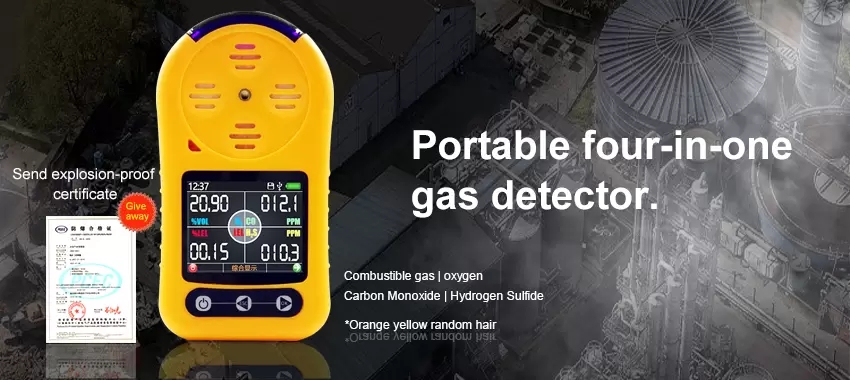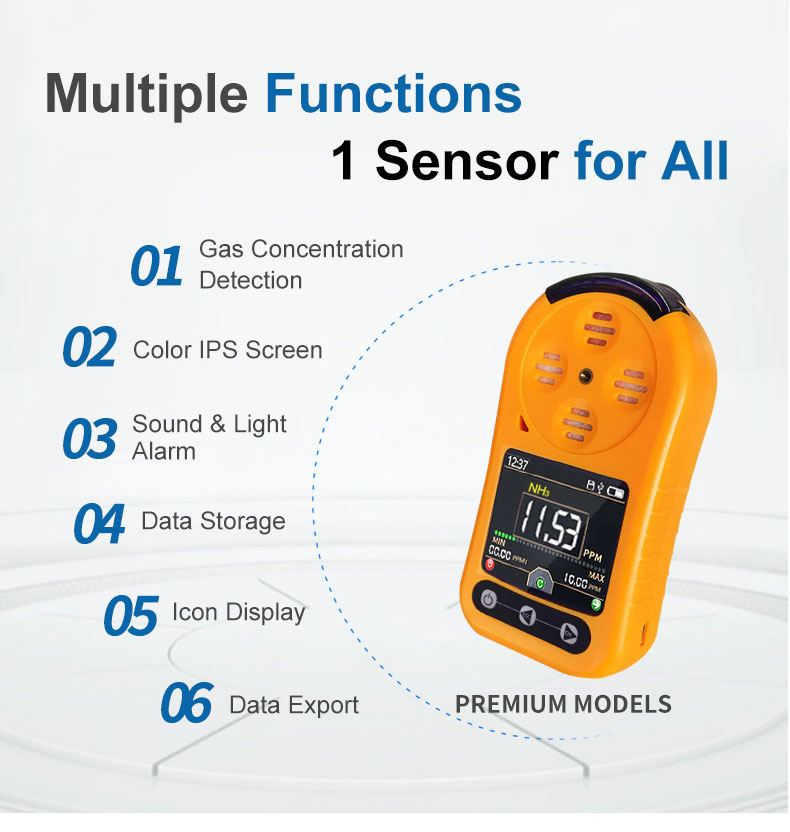First, the general 4 gas monitor, rather than any specific company table. Over the years, I’ve found that some people know very little about their 4-gas monitor. Except turn it on and wait to hear the sound of the fake sensor.

I’ve seen people blow air into a meter tube as a kind of “crash test”; I’ve seen people turn on the meter and calibrate it in an actual hazardous environment; I’ve seen people go through the test area so fast that the meter doesn’t have time to analyze the right area; I’ve seen instruments sitting on the rig floor all day in cold weather, being tapped at random;
Last, but certainly not least, people are unaware of the limitations of their meter, of which there are many.

Caring for Your Meter
Let’s start with caring for your meter. Sadly, too often an overlooked and significant detail regarding meters. Some of us like to keep our meters in the outside compartment of a rig all day, in cold weather and unsecured, nor in its case. The meters generally operate at their maximal potential anywhere from 64 0F – 86 0F. Temperatures venturing farther away from this range will make the sensors less reliable. Normal operating temperatures are generally between 14 0F –104 0F. In cold weather environments, this could be an issue.
Some meters are drop-tested from 10 feet to 25 feet, that’s fine, but please protect your meter and keep it in its case, secure the case and keep it in relatively ambient temperature inside the cab of your apparatus. If your rig is stored outdoors and exposed to the elements (cold or hot), please bring the meter inside overnight.

Operating Your Meter
Most of us know that a 4 gas monitor analyzes four gases: Oxygen (O2), Carbon Monoxide (CO), Hydrogen Sulfide (H2S), and Combustible Gases (LEL) with a hydrocarbon base. Most of us may know that CO and H2S are expressed as parts per million (ppm) on the meter display (the toxic gases), and oxygen and LEL’s are displayed as a percent (%). However, most of us don’t know how to convert ppms to percentages and vice versa.
Please perform the FAS in a non-hazardous atmosphere before entering a hazardous atmosphere, otherwise, the bad air will be locked in as a baseline and you won’t be able to detect any appreciable amount of hazardous air. When you’re metering an area, it takes 10-15 seconds reflex or response time for the meter to get 90 percent of a final reading.
We’re all pretty familiar with low-level and high-level alarms, such as TWA and STEL alarms. However, are you familiar with corrective factors? Today, most meters use a methane base to measure the combustible gas spectrum. Therefore, gases with a hydrocarbon base, other than methane, require multiple factors applied to your Lower Explosive Limit (LEL) reading. Depending on the meter, this can range from approximately 0-5.0.